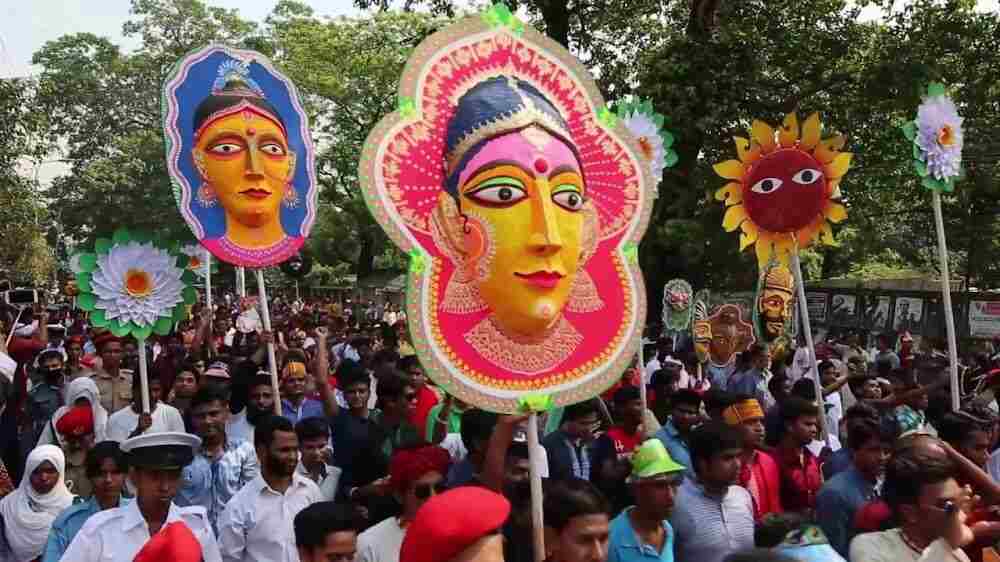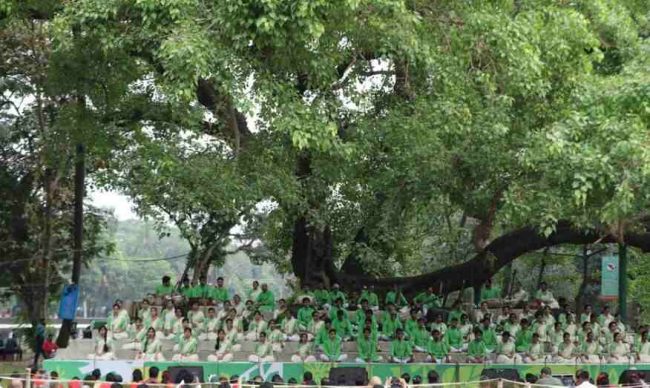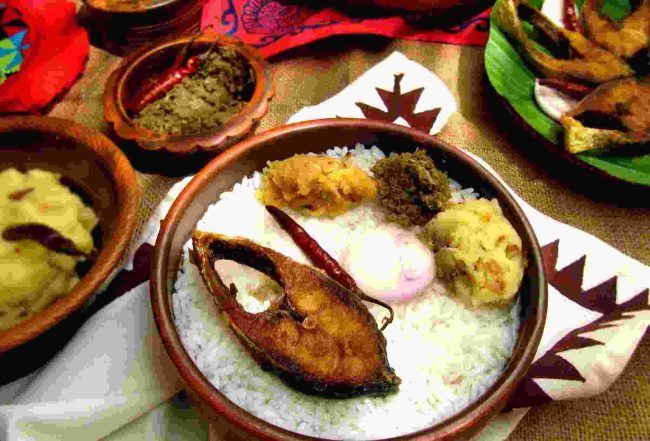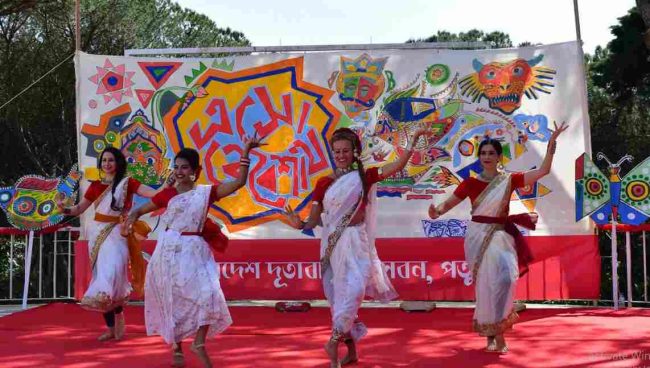
Pohela Boishakh: Festival of Tradition and Culture

Pohela Boishakh is one of the most celebrated traditions of Bengali culture. It is the leading festival of Bangladesh which represents our ties with the very roots of our culture. It is the first day of Bengali New Year and is celebrated on 14th April in Bangladesh, West Bengal, Assam, Tripura and worldwide among all Bengalis.
The origin of Pohela Boishakh goes back to the Mughal reign of Emperor Akbar. At that time all agricultural taxes were collected according to the Hijri calendar, which differed with the harvest cycle. For this reason, farmers struggled to pay taxes out of season. In order to justify tax collection, Akbar ordered a reform of the calendar. The New Year became known as “Bangla Year”, generally known as “Bongabdo”. It was customary to clear up all dues, taxes, and loan payments on the last day of the Bengali Year (last day of Choitro). On the pohelaboishakh, the landlords used to distribute sweets among their tenants, and businessmen and shopkeepers would open a new book of accounts called “Halkhata” and lock their old ones. Since then people started celebrating the beginning of a new year with happiness and joy.

Nowadays the most gorgeous celebration of Pohelaboishakh occurs in Dhaka. The celebration starts at dawn by the beautiful performance of Chhayanat with Rabindranath Tagore’s song “Esho hey Baishakh” under the banyan tree at Ramna. A traditional colorful procession organized by the students of the Faculty of Fine Arts (Charukala) of Dhaka University floods the roads at morning. The procession has a different theme relevant to the country’s culture and politics every year. People carry colorful masks and sculptures and join the procession bursting with joy and spirit. Women wear white sari with red border and men wear punjabi pajama. These are the signature attires of our Bangladeshi culture. Girls beautify their appearances by colorful flowers and children draw paintings in their faces. The busy roads of the city become crowded with thousands of people, walking, eating and greeting each other.

The boishakhi fair has become an inseparable part of PohelaBoishakh tradition. In both cities and villages, people of all ages crowd around a boishakhi fair. Different stalls are put up to display various toys, show pieces, fancy items etc. The ferries wheel is the major attraction of such a fair. People of all ages love to ride on a ferries wheel. Beautiful handmade masks and traditional handicrafts are sold. Moreover, people celebrate their love for Bengali culture by eating traditional foods such as “Panta Bhat” (rice soaked in water), green chilies, onion, and fried Hilsa fish. Traditional pitha, batasha, muri-murki brings back rural flavor in our mouth. Jatrapala are staged and Jari, Sari songs are performed by sufi and folk singers. Puppet shows and magic shows amuse and entertain people.

Other traditional events held to celebrate PohelaBoishakh include bull racing in Munshiganj, wrestling in Chittagong, boat racing, cockfights, pigeon racing etc.
PohelaBoishakh is a colorful day which connects us with our roots, our culture, and our tradition. The festive celebration teaches us to end a year and begin a new one in a style that is our own identity. Thus Pohelaboishakh has become the signature festival of Bangladesh.

